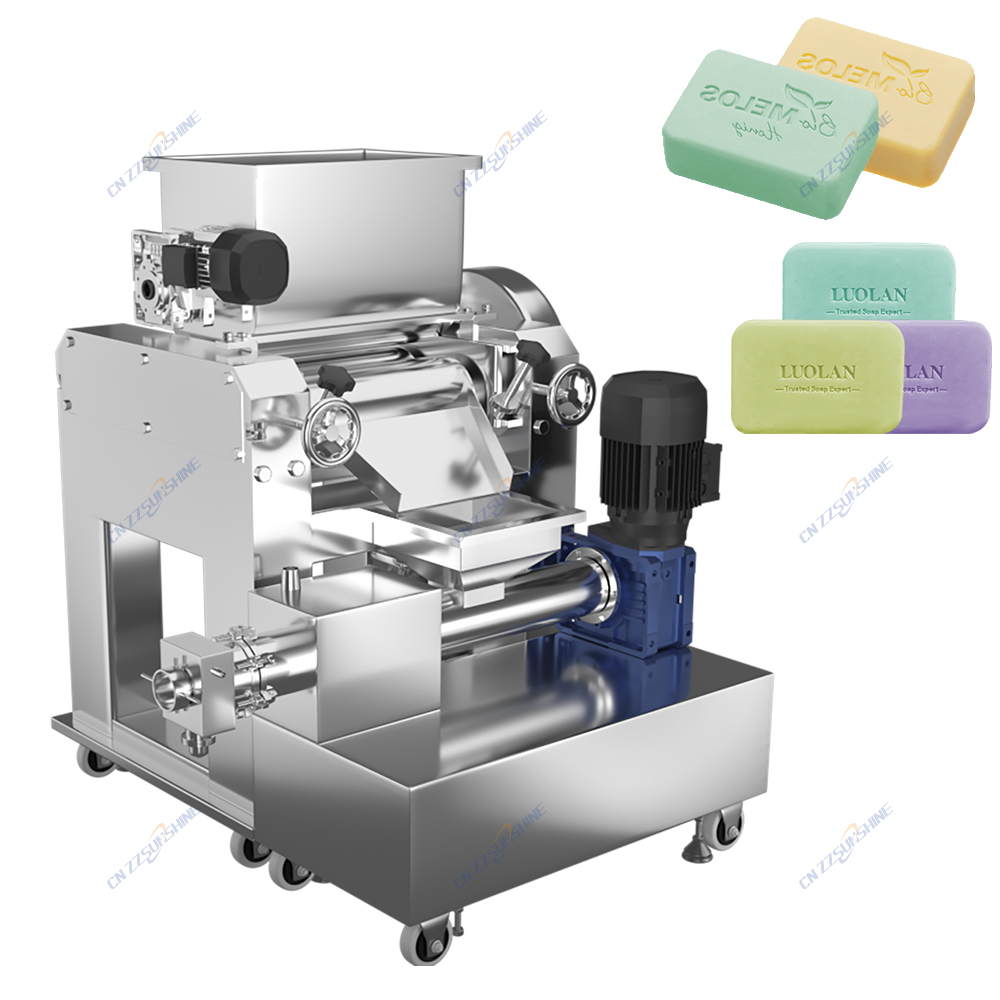In today’s competitive industrial landscape, investing in a reliable soap making production line is crucial for manufacturers aiming to scale operations while maintaining high-quality outputs. This integrated system typically includes key components like a robust soap mixer for chemical processing, which ensures uniform blending of raw materials, and a vacuum plodder machine that compresses the mixture into dense bars with minimal air pockets. For large-scale facilities, an automatic soap cutting machine efficiently slices these bars into precise sizes, reducing waste and labor costs. Many production lines also incorporate a toilet soap finishing line or a laundry bar soap production line to add polishing and packaging stages, enhancing product appeal for consumer markets.
One standout feature is the high efficiency of modern setups, such as those using a vacuum plodder for bar soap, which boosts throughput by up to 40% compared to manual methods. Customization options, like an OEM three roller grinding mill for cosmetics, allow businesses to tailor equipment for specific soap types, whether it’s beauty soap making lines for luxury items or industrial chillers for machinery cooling during intense processing. This adaptability not only improves consistency but also supports sustainability goals by minimizing energy use.
Moreover, sourcing from a reputable China feed processing machine supplier can offer cost advantages, with factory-priced industrial chillers ensuring optimal temperature control. For instance, an electric washing soap cutter automates the final stages, enabling seamless integration with automatic packing machines for food-grade hygiene. Ultimately, adopting a full soap making production line translates to faster ROI, superior product quality, and the flexibility to meet diverse market demands—making it a smart choice for any forward-thinking manufacturer.




